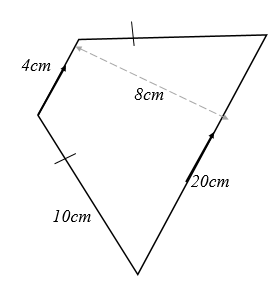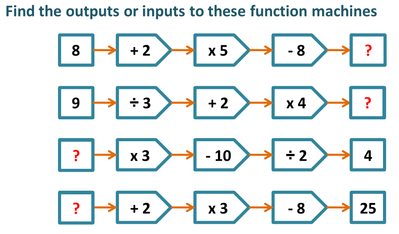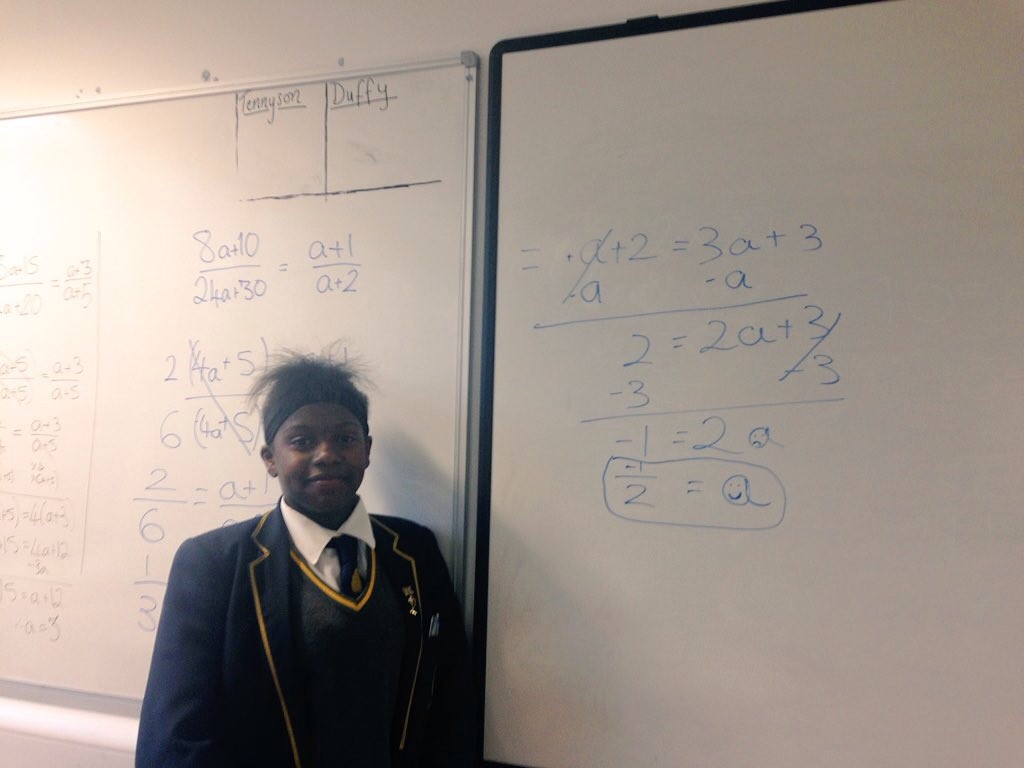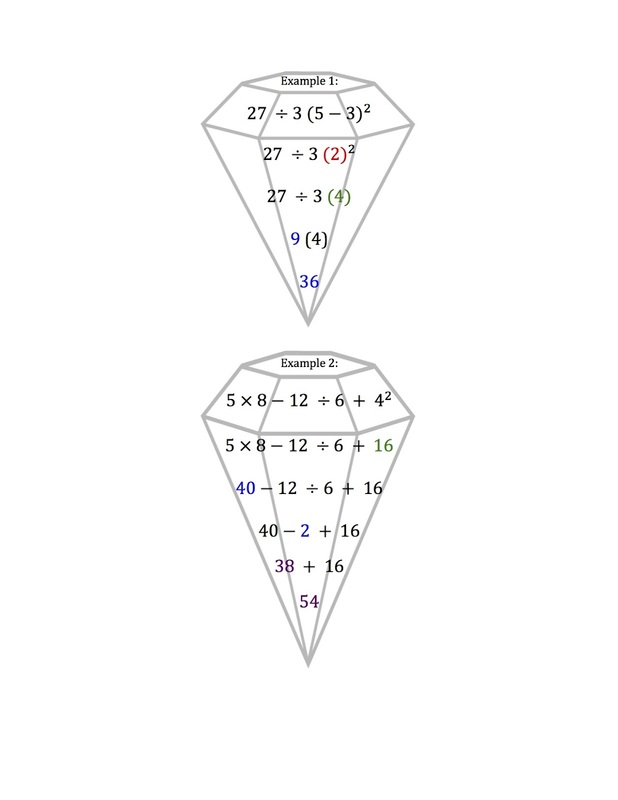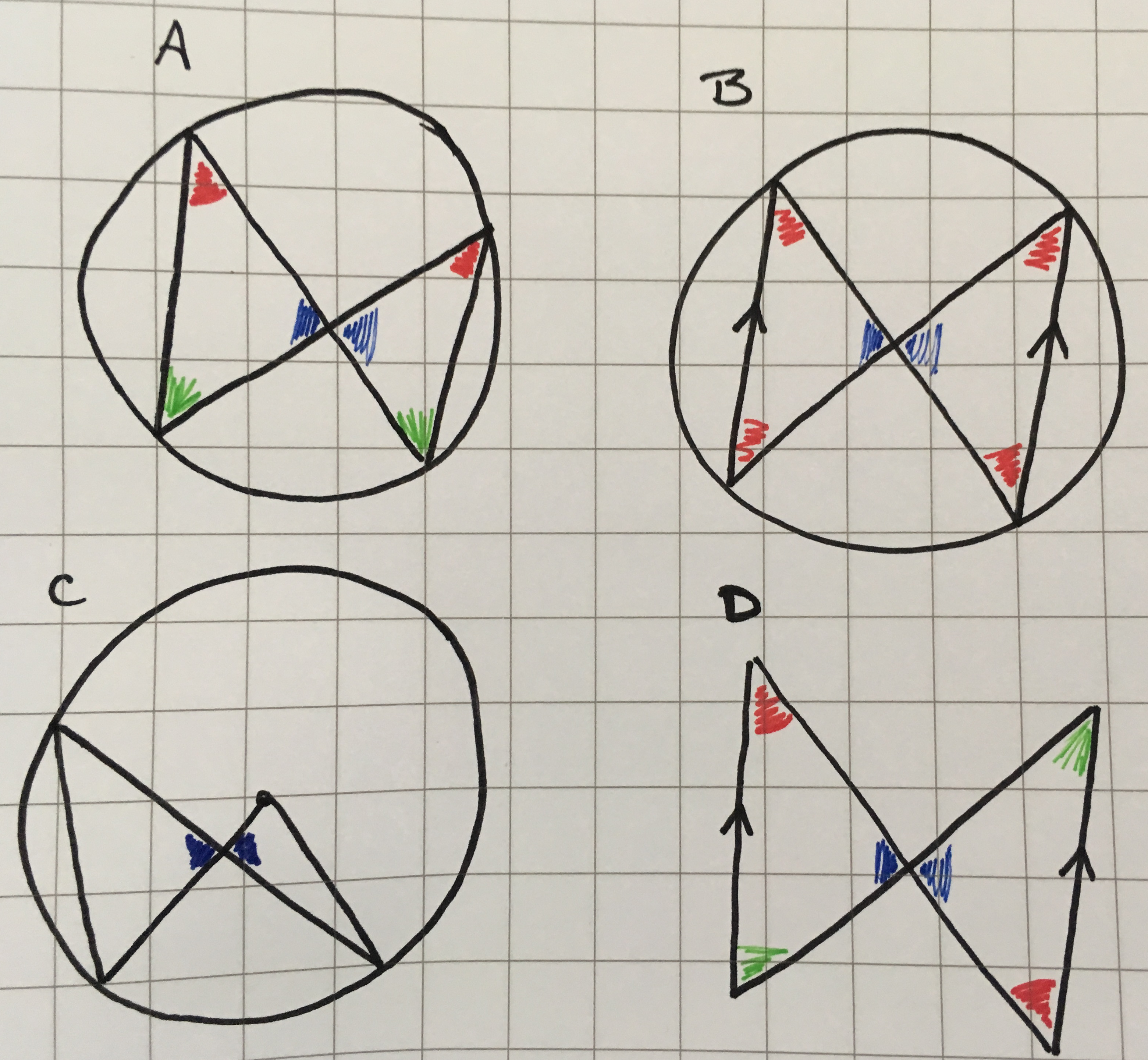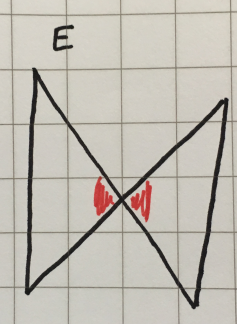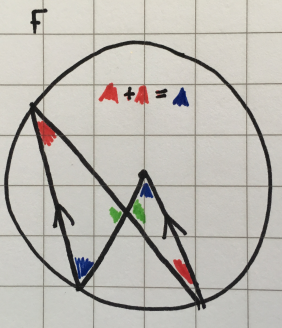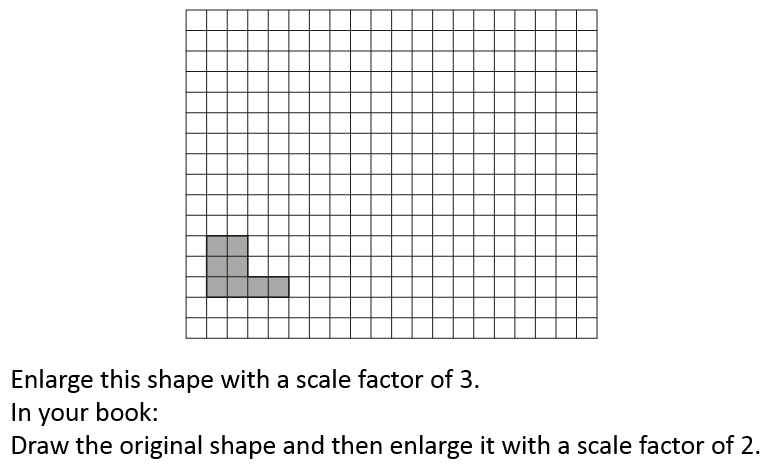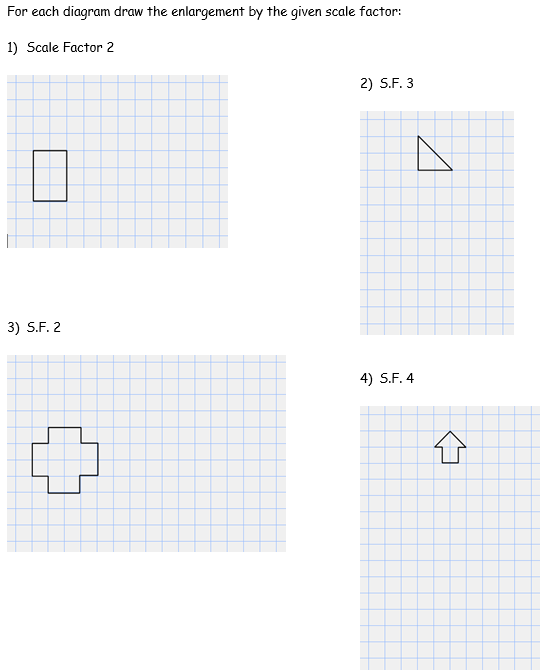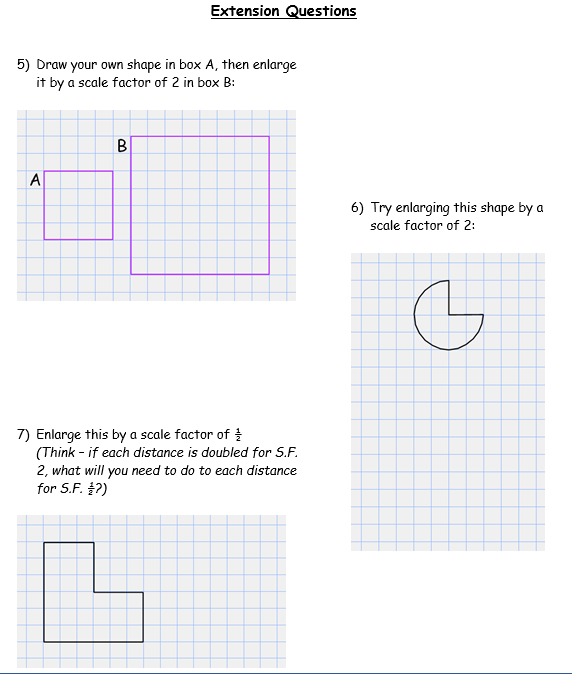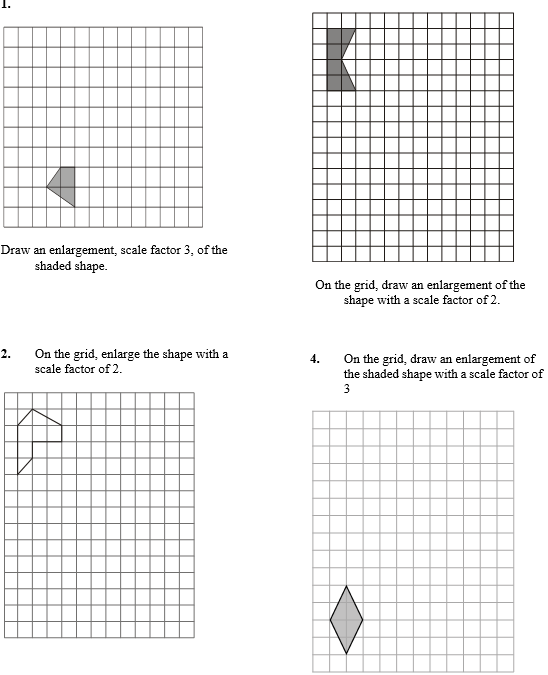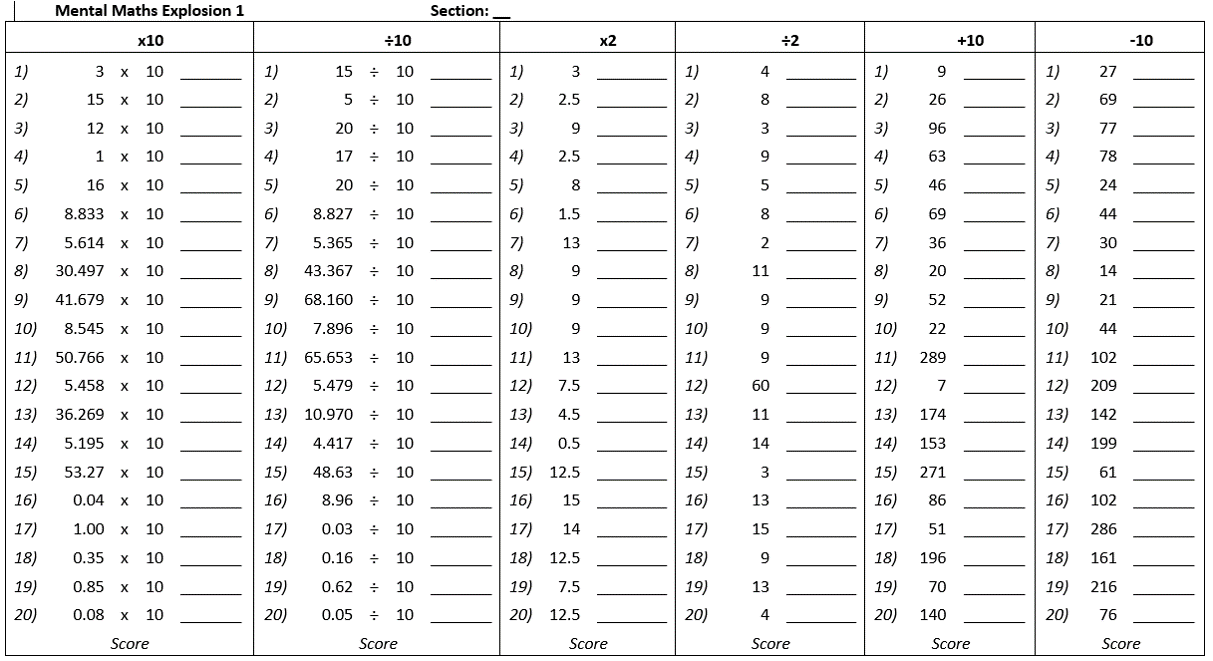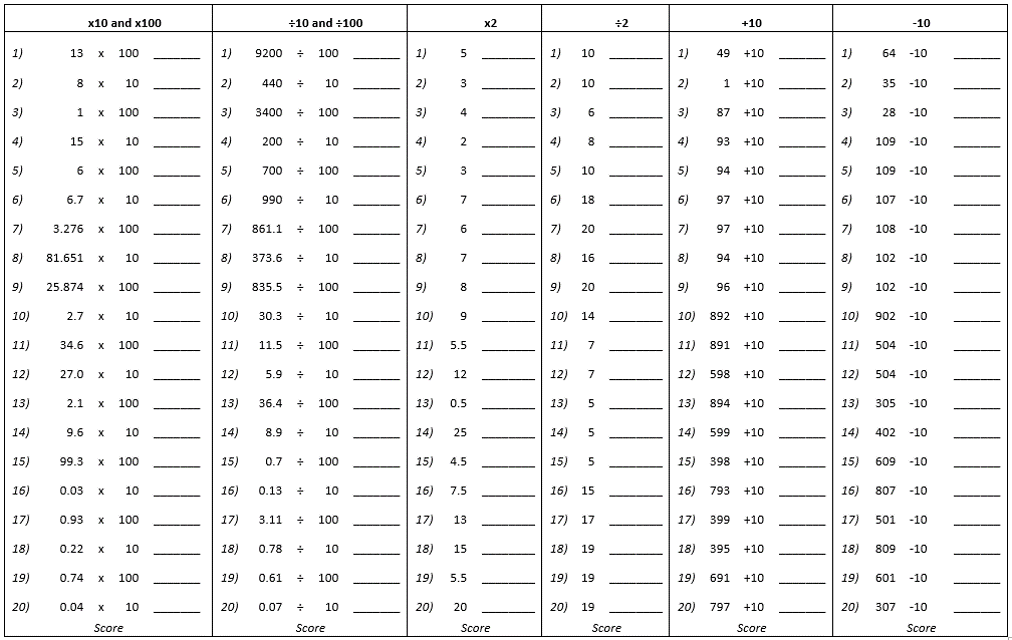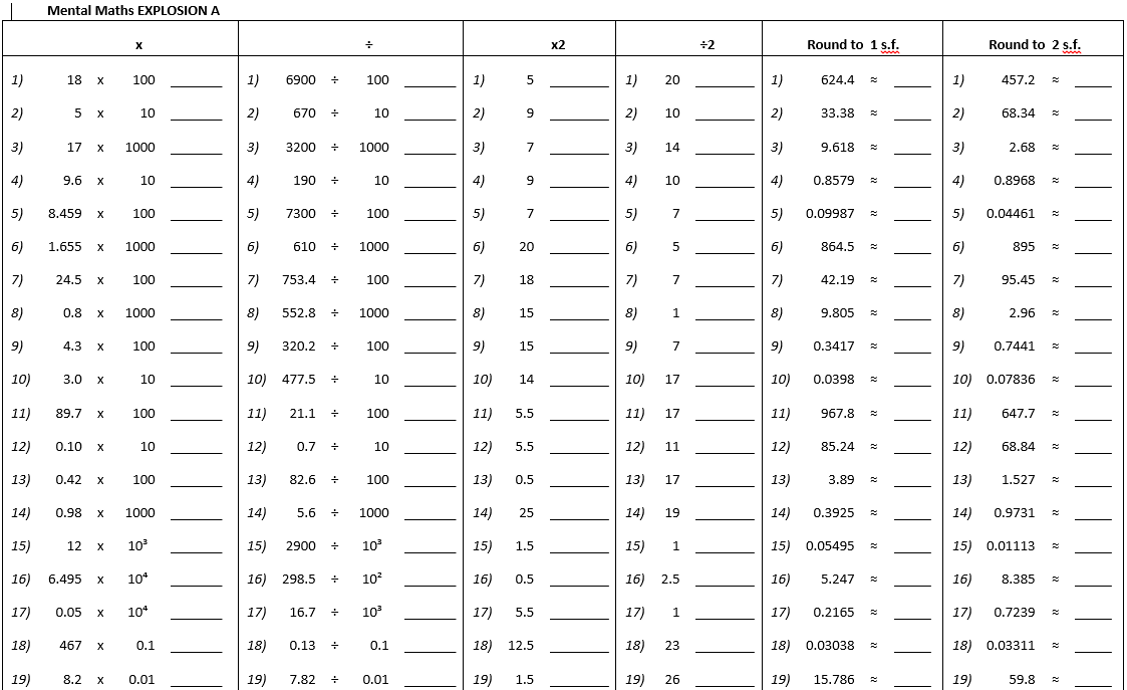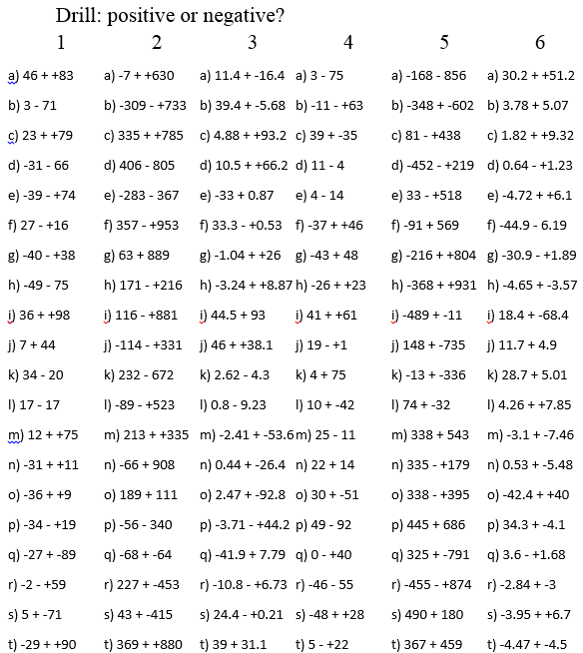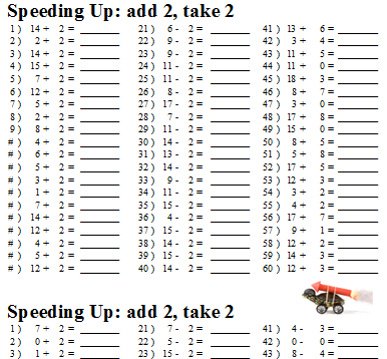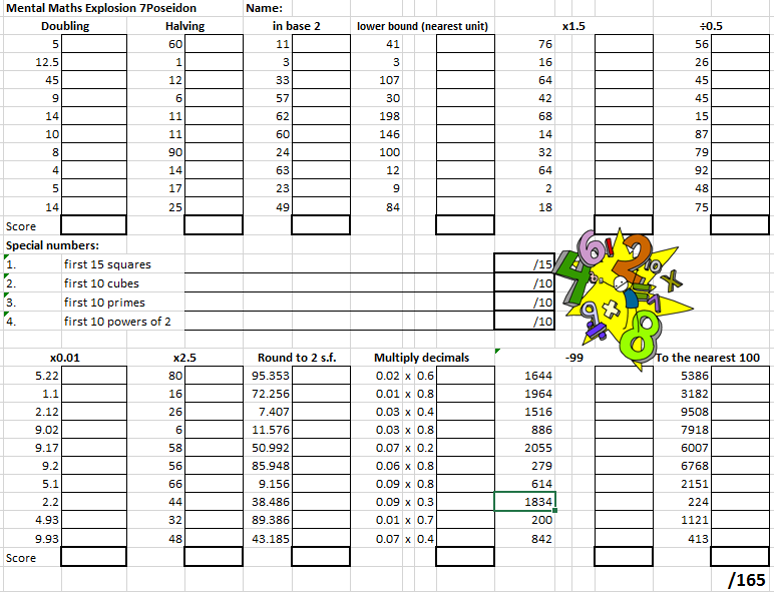I have been thinking about the predictable mistakes and regrets we have this time every year with Y11s. We have done all we can to prepare them for Paper 1 and wish we could have a few more hours with them.
Instead of waiting a year to inevitably repeat some of them, this might be a chance to use some of them to effect change straight away with year 10. I’m starting with of the most common regrets and missteps I have experienced, and some ideas about what could be done.
Common mistake: Masses of printed practice to do at home
Why is this a problem?
This one is so interesting. When you give out a big ‘wodge’ of printed work to take home, perhaps a combination of past papers and mixed revision exercises, the pupils usually look so pleased. Bonus points if you hand it out at a parents’ evening. Yet, the likely outcomes are:
- Some strength training as they carry it home before dumping it somewhere in their room, never to be seen again. They feel as if they achieved something because they possess some ‘revision’ and the teacher feels like things are ok because they gave the pupils lots of work to do.
- They mean to do it, but feel overwhelmed by how huge the pile of work is. They feel guilty but can’t take the first step to start it.
- The pupil attempts it but get frustrated as they don’t know how to start, and give up. They conclude that revision is pointless.
- They complete lots of it, with no idea if it is correct or incorrect. They may well be practising getting it wrong, reinforcing mistakes and misconceptions.
What do we need to consider in solving this problem?
Plan an overview, and then specifics, for what you want and expect pupils to do at home. For each element, think about
- How long will it take to complete, including getting feedback or marking it, and following up on that feedback? 6 papers is 9 hours of work before they even mark it, look things up, work on weaknesses…
- How will they know if they are on the right track? If there isn’t a feedback mechanism built into the work, then it may be causing more harm than good.
- Does it work on the things that are the best use of their unsupported time at home? If a pupil really struggles with trigonometry, written work on trig, completed at home with no support, is unlikely to improve their performance. It will probably just make them feel bad, if they can bear to start the work at all.
- Do you know if they have done it? Will you be in a position to encourage the stragglers and praise the early starters?
- If the stakes for completion are high (e.g. detention), how easy will it be just to copy the answers and hand that in?
What practical and specific things can we do?
- Make use of online homework with a built-in feedback mechanism. Platforms such as Sparx feel like a no-brainer in that respect, and I am interested to know about alternatives.
- Plan to build on their strengths when they are at home.
- If it is topic-based, give mixed revision on topics they are strong at, so that they have positive experiences of revising at home. Use class time to focus on their weaknesses.
- If you want them to get better at ‘worded problems,’ then only give them worded problems that rely on maths they are already good at. A worded problem based on maths they struggle with will reinforce the idea that those questions are too hard to bother with. Let them try the tricky ones in school with you encouraging them and reteaching where necessary.
- For paper-based work, teach them how to mark it, and make marking schemes / worked solutions available. Be realistic about your time. You aren’t going to mark their revision for them. They need to learn to mark their own work now in order to build up to mark schemes in Y11.
- Annotated working is more valuable than simple mark schemes. You can print it or, to reduce printing, make it available online. This gives them better guidance on what ‘good’ looks like, and a meaningful example to look at if they are stuck.
- Where possible, give information linking the work to a teaching resource if they get stuck (e.g. codes for videos on a homework platform, or pages in a revision book with worked examples).
- Pre-empt them getting stuck. Tell them what they should do if they see a question, struggle, and are tempted to just copy down the answers or working. Normalise this feeling, and have a response. For example,
- taking a photo of the question, a description of what boggles them about it, and emailing it to you,
- circling it in green pen and underlining the bit they feel stuck on,
- writing out the worked solution and stopping at the point where they have no idea why the next step is happening.
- Going to the linked video on Sparx (or equivalent) and completing those exercises instead.
- Aim for smaller chunks of work, with deadlines for bringing them in to be checked. They need to know you care that it has been done.
- Plan for how you will find out what they struggled with (e.g. a quick hands up for each question, or an online survey as part of their homework), and plan in time to respond to those difficulties.
- Communicate to parents what they can expect their child to be doing, and how they can support, encourage and check at home. Have a standard email to let them know their child is doing well, and send to as many parents as possible. Have a standard email, positively framed, to inform and nudge the parents whose child has yet to get started.
- Reserve 30 minutes in the first week to make phone calls to 4-5 parents to let them know if their child hasn’t started to revise. Have a checklist of things they can expect to see their child completing and how they can support this happening. Early calls, before disasters, are shorter and more constructive, so you can get through far more of them and not feel drained by difficult conversations.
Lastly, we need to be honest with ourselves. Past papers or mixed revision hastily cobbled together is unlikely to be valuable. Attempting a past paper when only part-way through the course is demoralising and it teaches pupils it is normal not to try some questions. Mixed revision on things you struggle with, which your teacher never checks, will chip away at pupils’ buy-in. Do less, do it well. Use Y11 to build on them having a more limited but more positive experience.
Next time: the ‘free-for-all’ with expectations and teaching quality in revision lessons. A tricky problem…I am still thinking about solutions!
Interested in thinking about how maths departments can work, the problems they face, and how they can be solved? Consider working with me! Feel free to contact me on dani.quinn @ arkonline.org if you want to chat about the role or ask questions. https://teaching-vacancies.service.gov.uk/jobs/maths-lead-ark-schools DEADLINE: 24/5/23

